Chrysler 2014 Annual Report Download - page 169
Download and view the complete annual report
Please find page 169 of the 2014 Chrysler annual report below. You can navigate through the pages in the report by either clicking on the pages listed below, or by using the keyword search tool below to find specific information within the annual report.-
 1
1 -
 2
2 -
 3
3 -
 4
4 -
 5
5 -
 6
6 -
 7
7 -
 8
8 -
 9
9 -
 10
10 -
 11
11 -
 12
12 -
 13
13 -
 14
14 -
 15
15 -
 16
16 -
 17
17 -
 18
18 -
 19
19 -
 20
20 -
 21
21 -
 22
22 -
 23
23 -
 24
24 -
 25
25 -
 26
26 -
 27
27 -
 28
28 -
 29
29 -
 30
30 -
 31
31 -
 32
32 -
 33
33 -
 34
34 -
 35
35 -
 36
36 -
 37
37 -
 38
38 -
 39
39 -
 40
40 -
 41
41 -
 42
42 -
 43
43 -
 44
44 -
 45
45 -
 46
46 -
 47
47 -
 48
48 -
 49
49 -
 50
50 -
 51
51 -
 52
52 -
 53
53 -
 54
54 -
 55
55 -
 56
56 -
 57
57 -
 58
58 -
 59
59 -
 60
60 -
 61
61 -
 62
62 -
 63
63 -
 64
64 -
 65
65 -
 66
66 -
 67
67 -
 68
68 -
 69
69 -
 70
70 -
 71
71 -
 72
72 -
 73
73 -
 74
74 -
 75
75 -
 76
76 -
 77
77 -
 78
78 -
 79
79 -
 80
80 -
 81
81 -
 82
82 -
 83
83 -
 84
84 -
 85
85 -
 86
86 -
 87
87 -
 88
88 -
 89
89 -
 90
90 -
 91
91 -
 92
92 -
 93
93 -
 94
94 -
 95
95 -
 96
96 -
 97
97 -
 98
98 -
 99
99 -
 100
100 -
 101
101 -
 102
102 -
 103
103 -
 104
104 -
 105
105 -
 106
106 -
 107
107 -
 108
108 -
 109
109 -
 110
110 -
 111
111 -
 112
112 -
 113
113 -
 114
114 -
 115
115 -
 116
116 -
 117
117 -
 118
118 -
 119
119 -
 120
120 -
 121
121 -
 122
122 -
 123
123 -
 124
124 -
 125
125 -
 126
126 -
 127
127 -
 128
128 -
 129
129 -
 130
130 -
 131
131 -
 132
132 -
 133
133 -
 134
134 -
 135
135 -
 136
136 -
 137
137 -
 138
138 -
 139
139 -
 140
140 -
 141
141 -
 142
142 -
 143
143 -
 144
144 -
 145
145 -
 146
146 -
 147
147 -
 148
148 -
 149
149 -
 150
150 -
 151
151 -
 152
152 -
 153
153 -
 154
154 -
 155
155 -
 156
156 -
 157
157 -
 158
158 -
 159
159 -
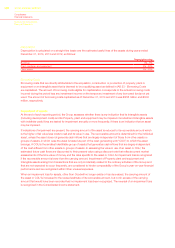 160
160 -
 161
161 -
 162
162 -
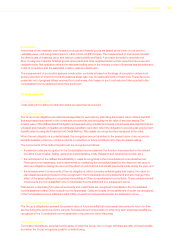 163
163 -
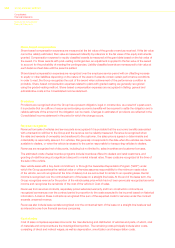 164
164 -
 165
165 -
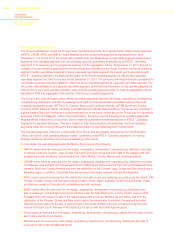 166
166 -
 167
167 -
 168
168 -
 169
169 -
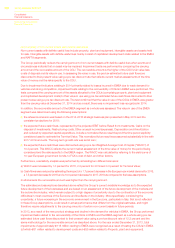 170
170 -
 171
171 -
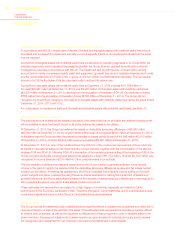 172
172 -
 173
173 -
 174
174 -
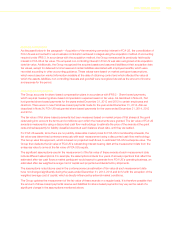 175
175 -
 176
176 -
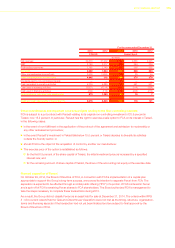 177
177 -
 178
178 -
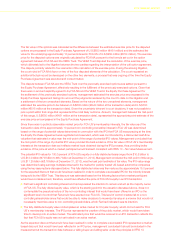 179
179 -
 180
180 -
 181
181 -
 182
182 -
 183
183 -
 184
184 -
 185
185 -
 186
186 -
 187
187 -
 188
188 -
 189
189 -
 190
190 -
 191
191 -
 192
192 -
 193
193 -
 194
194 -
 195
195 -
 196
196 -
 197
197 -
 198
198 -
 199
199 -
 200
200 -
 201
201 -
 202
202 -
 203
203 -
 204
204 -
 205
205 -
 206
206 -
 207
207 -
 208
208 -
 209
209 -
 210
210 -
 211
211 -
 212
212 -
 213
213 -
 214
214 -
 215
215 -
 216
216 -
 217
217 -
 218
218 -
 219
219 -
 220
220 -
 221
221 -
 222
222 -
 223
223 -
 224
224 -
 225
225 -
 226
226 -
 227
227 -
 228
228 -
 229
229 -
 230
230 -
 231
231 -
 232
232 -
 233
233 -
 234
234 -
 235
235 -
 236
236 -
 237
237 -
 238
238 -
 239
239 -
 240
240 -
 241
241 -
 242
242 -
 243
243 -
 244
244 -
 245
245 -
 246
246 -
 247
247 -
 248
248 -
 249
249 -
 250
250 -
 251
251 -
 252
252 -
 253
253 -
 254
254 -
 255
255 -
 256
256 -
 257
257 -
 258
258 -
 259
259 -
 260
260 -
 261
261 -
 262
262 -
 263
263 -
 264
264 -
 265
265 -
 266
266 -
 267
267 -
 268
268 -
 269
269 -
 270
270 -
 271
271 -
 272
272 -
 273
273 -
 274
274 -
 275
275 -
 276
276 -
 277
277 -
 278
278 -
 279
279 -
 280
280 -
 281
281 -
 282
282 -
 283
283 -
 284
284 -
 285
285 -
 286
286 -
 287
287 -
 288
288 -
 289
289 -
 290
290 -
 291
291 -
 292
292 -
 293
293 -
 294
294 -
 295
295 -
 296
296 -
 297
297 -
 298
298 -
 299
299 -
 300
300 -
 301
301 -
 302
302 -
 303
303
 |
 |

2014 | ANNUAL REPORT 167
Other post-employment benefits
The Group provides health care, legal, severance indemnity and life insurance benefits to certain hourly and salaried
employees. Upon retirement, these employees may become eligible for continuation of certain benefits. Benefits and
eligibility rules may be modified periodically.
Health care, life insurance plans and other employment benefits are accounted for on an actuarial basis, which
requires the selection of various assumptions. The estimation of the Group’s obligations, costs and liabilities
associated with these plans requires the use of estimates of the present value of the projected future payments to
all participants, taking into consideration parameters of a financial nature such as discount rate, the rates of salary
increases and the likelihood of potential future events estimated by using demographic assumptions such as mortality,
dismissal and retirement rates.
Plan obligations and costs are based on existing plan provisions. Assumptions regarding any potential future changes
to benefit provisions beyond those to which the Group is presently committed are not made.
The assumptions used in developing the required estimates include the following key factors:
Discount rates. The Group selects discount rates on the basis of the rate of return on high-quality (AA-rated) fixed
income investments for which the timing and amounts of payments match the timing and amounts of the projected
benefit payments.
Health care cost trends. The Group’s health care cost trend assumptions are developed based on historical cost
data, the near-term outlook, and an assessment of likely long-term trends.
Salary growth. The salary growth assumptions reflect the Group’s long-term actual experience, outlook and
assumed inflation.
Retirement and employee leaving rates. Retirement and employee leaving rates are developed to reflect actual and
projected plan experience, as well as legal requirements for retirement in respective countries.
Mortality rates. Mortality rates are developed using our plan-specific populations, recent mortality information
published by recognized experts in this field and other data where appropriate to reflect actual and projected plan
experience.
Additionally, retirement rate assumptions used for our U.S. benefit plan valuations were updated to reflect an ongoing
trend towards delayed retirement for FCA US employees. The change decreased our other post-employment benefit
obligations by approximately €40 million.
At December 31, 2014 the effect of the indicated decreases or increases in the key factors affecting the health
care, life insurance plans and severance indemnity in Italy (trattamento di fine rapporto or “TFR”), holding all other
assumptions constant, is shown below:
Effect on health
care and life
insurance defined
benefit obligation
Effect on the TFR
obligation
(€ million)
10 basis point / (100 basis point for TFR) decrease in discount rate 28 55
10 basis point / (100 basis point for TFR), increase in discount rate (28) (49)
100 basis point decrease in health care cost trend rate (43) —
100 basis point increase in health care cost trend rate 50 —
